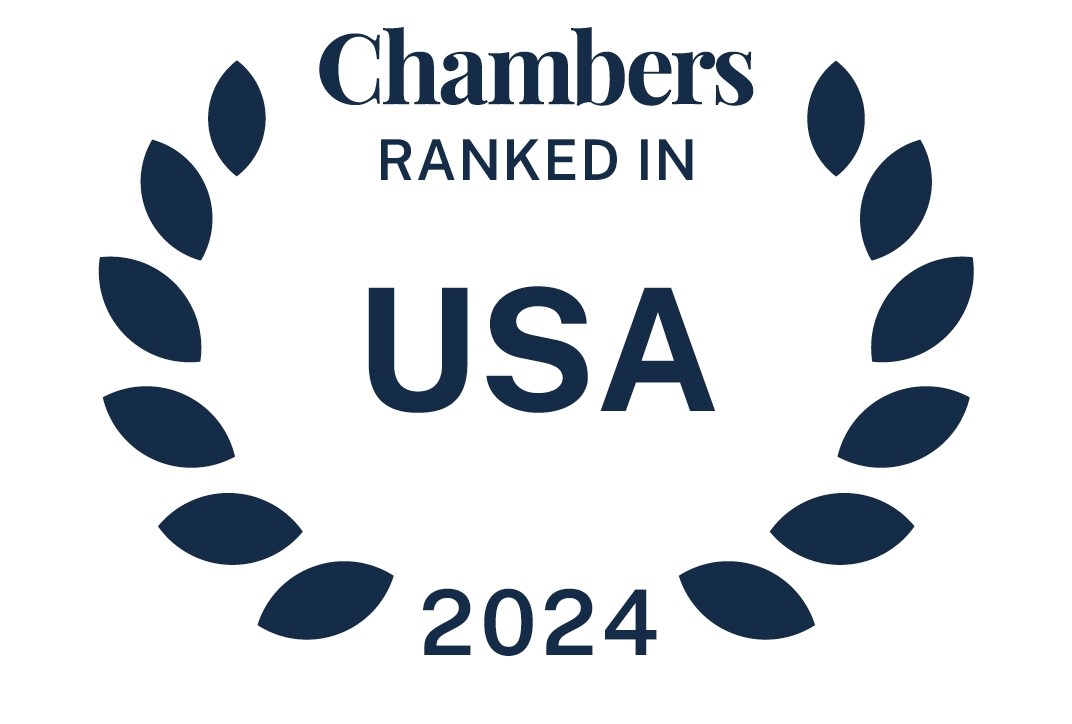Late in the afternoon on Friday, December 14, Federal US District Judge Reed O’Connor struck down the Affordable Care Act (ACA) in its entirety, a feat that was, for the past few years, unsuccessfully attempted by the Republican-led Congress. O’Connor reasoned that if the individual mandate is no longer valid, the entire ACA must also be scrapped, because the rest of the ACA is “inseverable” from the individual mandate. The opinion is likely to be appealed, and the final decision may ultimately lay with the US Supreme Court. Despite the ruling, Centers for Medicare & Medicaid (CMS) has stated that the exchanges remain open and 2018 and 2019 coverage will not be impacted.
read more


 Subscribe
Subscribe




